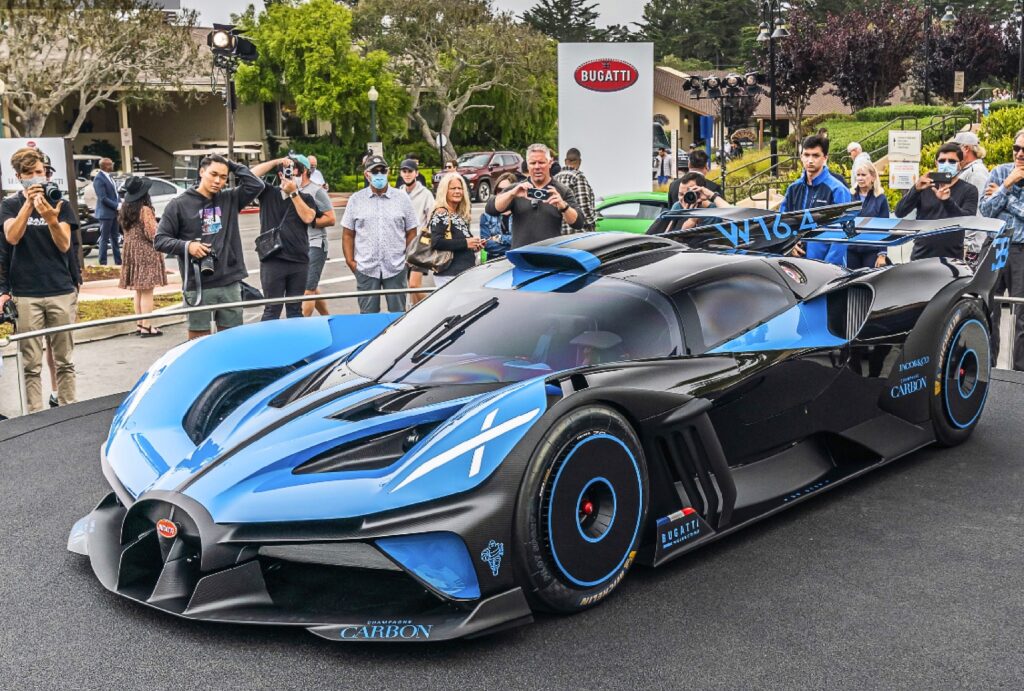
Across the United States, a critical juncture has been reached concerning the funding and maintenance of our essential transportation infrastructure. The familiar network of highways, roads, and bridges, vital arteries of commerce and daily life, is facing unprecedented financial strain. Traditional revenue streams, once considered robust and reliable, are now under immense pressure, compelling policymakers at both state and federal levels to fundamentally rethink how we finance the upkeep and improvement of these indispensable assets.
This brewing crisis is not a singular phenomenon but rather a complex interplay of several factors. From the diminishing returns of the long-standing motor fuel tax to the accelerating costs of construction and the evolving landscape of vehicle technology, the challenges are multifaceted. The imperative to address these issues is growing, as the repercussions of inaction threaten not only the quality of our infrastructure but also the broader economic stability and connectivity of the nation.
As we delve deeper into this intricate challenge, we will explore the principal causes of this growing funding gap, examining the forces that have eroded the value of our traditional funding mechanisms and amplified the costs of construction. We will also observe the initial, often varied, responses from state governments grappling with this fiscal reality, providing crucial context for understanding the gravity and scope of the infrastructure crisis that could see your road taxes double.
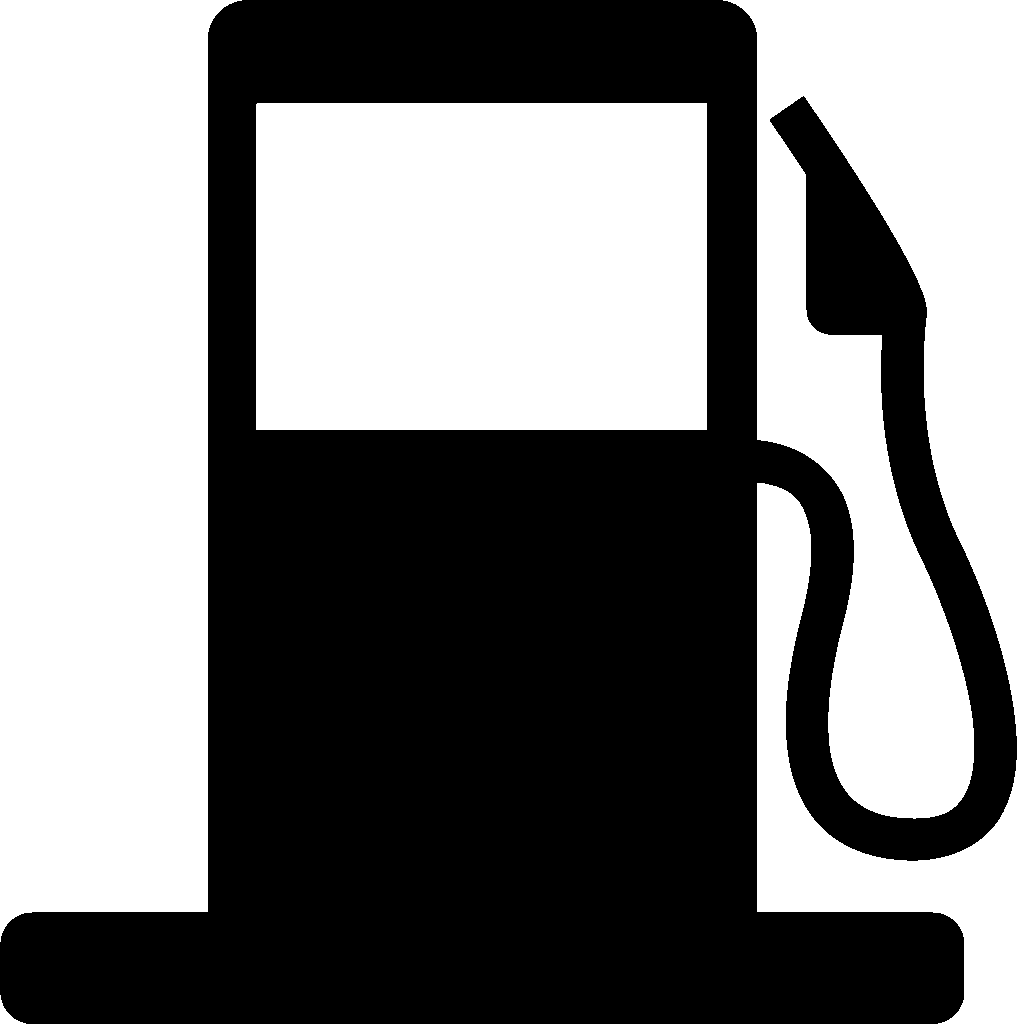
1. **The Eroding Foundation: Fuel Taxes Under Pressure**
The motor fuel tax has long served as the bedrock of transportation funding, operating on a user-fee principle where those who drive contribute directly to the roads they use. However, this foundational revenue source is now facing significant and mounting pressures, increasingly proving insufficient to meet the nation’s growing infrastructure demands. The efficacy of these taxes is being undermined by a combination of technological advancements and stagnant policy.
Improved fuel efficiency in both gasoline-powered and diesel vehicles means drivers are traveling farther on less fuel, consequently reducing the amount of tax collected per mile driven. This efficiency, while beneficial for consumers and the environment, directly translates to reduced contributions to transportation funds. Compounding this challenge is the rapid rise of electric vehicles (EVs) and hybrids, which either consume significantly less fuel or no fuel at all, thereby bypassing fuel taxes entirely.
At the federal level, the gas tax, set at 18.4 cents per gallon since 1993, has remained unchanged for over three decades. This stagnation means its real value has plummeted, failing to keep pace with inflation or the exponential rise in construction costs. The Congressional Budget Office (CBO) indicates that federal fuel taxes accounted for roughly 83% of the $48 billion in revenues credited to the Highway Trust Fund in 2022, yet this primary source has seen its buying power erode by more than 80% since it was last adjusted. The impact on the Highway Trust Fund has been severe, leading to chronic shortfalls and requiring repeated transfers from the U.S. Treasury Department’s General Fund to sustain spending.
States, facing their own revenue declines, have often responded by incrementally raising their own fuel tax rates. Between 2002 and 2023, state gasoline tax rates increased by an average of 55% across states, with nine states more than doubling their rates within two decades. While these hikes have provided temporary relief and helped to offset declining fuel use, they represent a potentially unsustainable strategy in the long term, as consumption continues its downward trend and public resistance to ever-increasing taxes grows.

2. **A Widening Chasm: The Growing Gap in Transportation Resources**
Beyond the specific pressures on fuel taxes, the overarching narrative in infrastructure funding is one of a widening gap between available resources and ever-increasing needs. State and local governments bore the brunt of this financial responsibility, spending approximately $203 billion on roadways in 2023. This figure is more than three times the total contribution from the federal government, highlighting a significant imbalance in funding distribution and reliance.
Over the past two decades, states have been compelled to shoulder an increasingly larger share of transportation funding. State general fund contributions notably doubled from 8% of all transportation revenues in 2002 to 17% in 2023. This increase occurred even as federal contributions simultaneously declined from 29% to 24% over the same period, despite a 34% boost in surface transportation programs provided by the Infrastructure Improvement and Jobs Act (IIJA).
The federal Highway Trust Fund, intended to be the central repository for federal transportation funding, faces a projected depletion by 2028 without additional funding. The CBO estimates that between 2027 and 2031, an additional $150 billion will be required to cover its projected deficits. This dire forecast has prompted lawmakers from both parties to express concerns about addressing these shortfalls before the 2026 reauthorization of surface transportation funding, yet identifying new, politically feasible revenue sources remains a significant challenge.
The reliance on federal funds also varies drastically among states, further complicating a uniform approach to the crisis. For instance, in 2023, federal dollars covered a substantial 70% of highway funding in Wyoming. In stark contrast, Utah relied on federal funds for just 16% of its transportation budget, with over half coming from its state General Fund. This disparity underscores the unique vulnerabilities and funding strategies each state must navigate, making a national, one-size-fits-all solution difficult to implement and sustain.

3. **The Soaring Price Tag: Escalating Construction and Maintenance Costs**
As revenue streams stagnate or decline, the cost of constructing and maintaining transportation infrastructure continues its relentless ascent, creating a perilous fiscal squeeze for governments. The Federal Highway Administration’s (FHWA) National Highway Construction Cost Index (NHCCI) starkly illustrates this trend, showing a staggering 63% increase in construction costs from January 2020 to July 2024. This surge far outpaces general inflationary measures, making it considerably more expensive to build new roads and bridges, as well as to perform essential maintenance on existing ones.
Initially, global supply chain disruptions during the pandemic played a significant role in driving up these costs. However, other factors are contributing to their sustained escalation. Tariffs, for example, are making key construction materials such as steel and aluminum more expensive for states to purchase, adding further strain to already tight budgets. This external pressure on material costs combines with other systemic issues to create a challenging environment for infrastructure projects.
Beyond materials, the structure of the construction industry itself plays a role. A reduction in competition, resulting from consolidation within the industry, can lead to higher prices. Additionally, a reduction in capacity at state departments of transportation to effectively facilitate competitive bidding can further exacerbate cost increases. These internal and external pressures collectively contribute to the ever-increasing cost-per-mile of the United States highway system, which grows larger each year.
The sheer scale of the existing infrastructure also contributes to the escalating maintenance burden. With an expansive network of roads, the amount spent on repair has more than doubled since 1993, even after adjusting for inflation. This substantial increase is partly attributable to a doubling of miles traveled by the largest and heaviest vehicles on the road, such as commercial trucks, and an overall increase in travel by over 40%. The result is a national backlog of over $1 trillion in maintenance, a figure that continues to grow as costs outpace funding.
4. **Beyond Completion: The Perpetual Cycle of Highway Expansion**
The nation’s highway system, originally conceived under the Federal-Aid Highway Act of 1956 and theoretically completed in 1992, has continued to expand relentlessly, creating what can be described as a positive feedback loop of costs. Rather than ceasing expansion upon the completion of the Interstate Highway System, public roads nationwide have increased in lane-mileage by over 10% since then. This rate of expansion represents a significant 70% of what it was during the actual construction of the Interstate Highway System, indicating that the country has barely curtailed its growth.
This continuous expansion is not merely a one-time construction cost; it carries long-term financial implications. New roads, once built, demand indefinite repair and maintenance, constantly adding to the burden of upkeep for an already vast infrastructure. This means that every mile of new highway built commits future generations to an ongoing financial obligation, draining resources that could otherwise be allocated to maintaining existing, often deteriorating, infrastructure.
Furthermore, expanding highways often leads to a phenomenon known as induced demand. By reducing barriers to driving, such as congestion, new lanes paradoxically encourage more driving. This increase in usage applies not only to the newly constructed lanes but also to the existing system, often negating the intended benefits of expansion. For instance, commercial trucks can increase traffic on an interstate by between 19% and 29% for every 10% increase in capacity, frequently resulting in a net negative impact on traffic flow rather than improvement.
This cycle of expansion fuels an ever-increasing cost spiral. Even after accounting for the increased cost of construction, the amount spent on repair has more than doubled since 1993. This is largely due to the doubling of miles traveled by heavy commercial trucks and an overall increase in travel by all vehicles. The unsustainable nature of this continuous expansion, rather than being a solution, is a primary driver behind the Highway Trust Fund’s financial woes and the urgent need to rethink the status quo of never-ending road construction.

5. **The Electric Vehicle Dilemma: Scapegoat or Solution?**
In the search for culprits behind the highway funding crisis, electric vehicles (EVs) have frequently been highlighted as a significant factor, accused of not contributing their fair share to road maintenance due to their exemption from fuel taxes. However, a closer examination reveals that the impact of EVs on the overall solvency of the Highway Trust Fund is relatively small when compared to other, more substantial factors.
It is true that EV drivers do not pay federal or state fuel taxes when charging their vehicles. Nevertheless, the notion that EV drivers are getting a “free ride” is largely inaccurate. EV owners, like all citizens, contribute to road funding through general tax revenue. Moreover, at least 39 states have implemented new EV registration fees to offset gas tax declines, and some, like Montana and Kentucky, even tax the electricity used for charging. In fact, in 36 states, there is already a net tax penalty for driving an EV compared to a gasoline vehicle, thanks to these existing taxes and fees.
From a federal perspective, the current contribution of EVs to the overall road network is still modest. Today, EVs account for just over 2% of miles traveled in the U.S. Even with projected growth, they are estimated to make up only 3% to 8% of road travel between now and 2030. To put this in perspective, highway construction costs alone increased by 6% last year. Charging EV drivers a mileage fee comparable to gasoline vehicles would have a negligible impact on a Highway Trust Fund that spends approximately 60% more than it takes in.
Despite this reality, some congressional proposals advocate for punitive fees on EVs. For example, a proposal from U.S. Representative Dusty Johnson (R-SD) and Sen. Deb Fischer (R-NE) suggests a flat $1000 upfront fee on EVs, plus an additional $550 fee on manufacturers for battery modules weighing over 1000 pounds. These fees are disproportionately higher than what gasoline vehicle owners pay in fuel taxes over a vehicle’s lifetime. Such measures are not only counterproductive to climate and health goals by disincentivizing EV adoption but also fail to address the fundamental, structural issues plaguing the Highway Trust Fund, raising just an estimated $7-33 billion against a $213 billion deficit projected from 2025-2030.
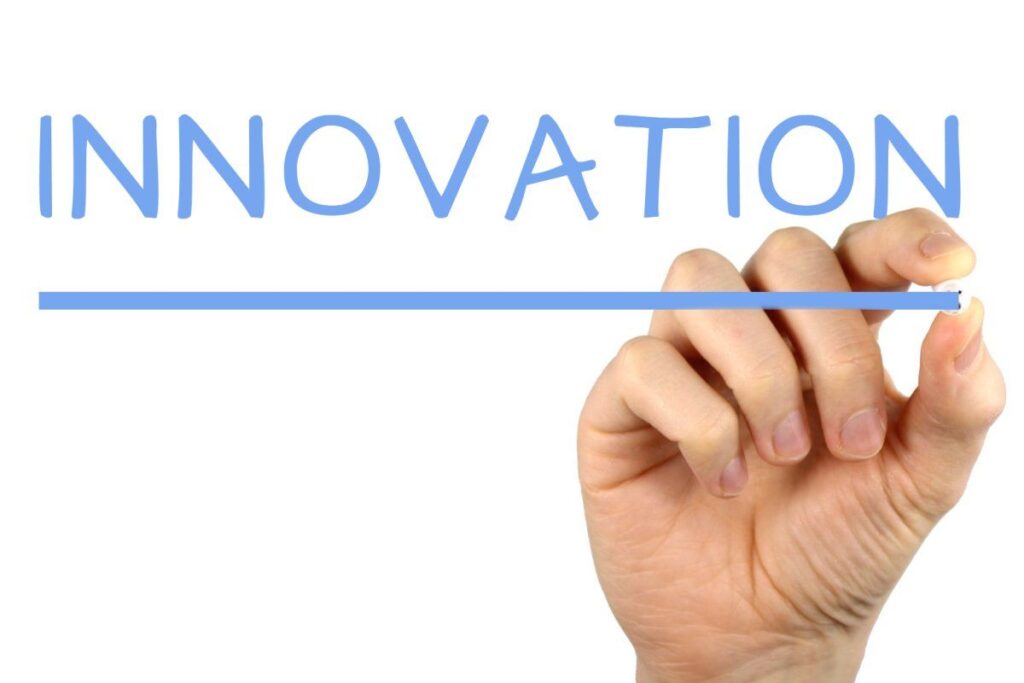
6. **State Innovations: Adapting to Revenue Uncertainty**
As the federal funding landscape remains uncertain and traditional revenue sources dwindle, states have been at the forefront of experimenting with diverse strategies to address their transportation funding shortfalls. These innovative approaches demonstrate a clear understanding of the need to adapt to an increasingly complex financial environment, moving beyond sole reliance on outdated mechanisms.
One common strategy involves reallocating general fund dollars and other non-traditional revenue sources toward transportation. Michigan provides a notable example, directing $600 million in income tax revenues and approximately $116 million from its marijuana excise tax collections to its Transportation Fund in fiscal year 2024. While gasoline consumption has declined in Michigan, adjustments to fuel tax rates in 2017 and 2022 also helped maintain gas tax revenues. Today, these recurring infusions from income and marijuana excise taxes account for roughly 18% of the state’s Transportation Fund, though Michigan still faces a substantial $3.9 billion annual funding shortfall.
Other states are proactively adjusting traditional fees and taxes. In April 2025, Washington approved a $15 billion transportation budget that includes a plan to gradually increase fuel excise taxes and implement higher registration fees, directly responding to declining revenues. Similarly, Connecticut, anticipating declines in gas tax collections through 2026, has begun allocating a portion of general sales tax revenue to its Special Transportation Fund to compensate for the change. These actions reflect a direct effort to shore up existing funds.
Furthermore, the growing adoption of electric and hybrid vehicles has spurred states to explore entirely new revenue models. Beyond the 39 states that have added new EV registration fees, states like Oregon, Utah, and California have launched pilot programs for road user charges (RUCs), which levy fees based on miles traveled rather than fuel consumed. While RUCs hold promise for linking road use directly to revenue, concerns surrounding privacy and administrative costs remain. These varied state-level responses highlight a dynamic and urgent search for sustainable funding solutions in the face of an evolving transportation landscape.

7. **The Perilous Practice of Fund Diversion: Raiding Dedicated Funds**
While the search for new funding mechanisms continues, a significant challenge to infrastructure solvency lies in the problematic diversion of dedicated transportation funds to cover unrelated budgetary gaps. This practice undermines the very principle of user-fee systems, where revenues generated from road users are intended to finance the maintenance and improvement of the infrastructure they utilize. When these funds are siphoned off, the integrity of transportation budgets is compromised, and critical projects are left underfunded.
Illinois offers a stark example of this fiscal vulnerability. Despite its roads ranking 31st nationally in quality, with only 80.4% in acceptable condition as of 2023—below the national average and significantly less than neighboring Midwestern states like Indiana, Iowa, and Minnesota—the state’s latest budget diverts substantial sums from its dedicated road fund. Governor J.B. Pritzker’s 2026 budget extracts $308 million, including $171 million in motor fuel tax revenues and another $137 million for state employee health benefits, from funds intended for infrastructure work.
This reallocation directly impacts the ability to fulfill the state’s $45 billion Rebuild Illinois infrastructure plan, launched in 2019 to address long-neglected roads, bridges, railways, and airports. Such diversions are not merely administrative shifts; they represent a significant obstacle to economic development. As Governor Pritzker himself acknowledged, investing in road infrastructure is “a crucial part of economic development,” capable of enhancing trade, boosting tourism, improving connectivity, creating jobs, and increasing property values.
Indeed, this issue extends beyond the current budget, reflecting a persistent pattern in Illinois. Lawmakers have historically used the Road Fund as a “piggybank” for unrelated expenses. Voters attempted to curb this in 2016 by approving a constitutional amendment known as the “lockbox” to protect transportation revenues. However, lawmakers have continued to employ workarounds, such as delayed transfers and reclassifying spending, highlighting a systemic challenge that demands structural budget reforms rather than reliance on short-term fixes.
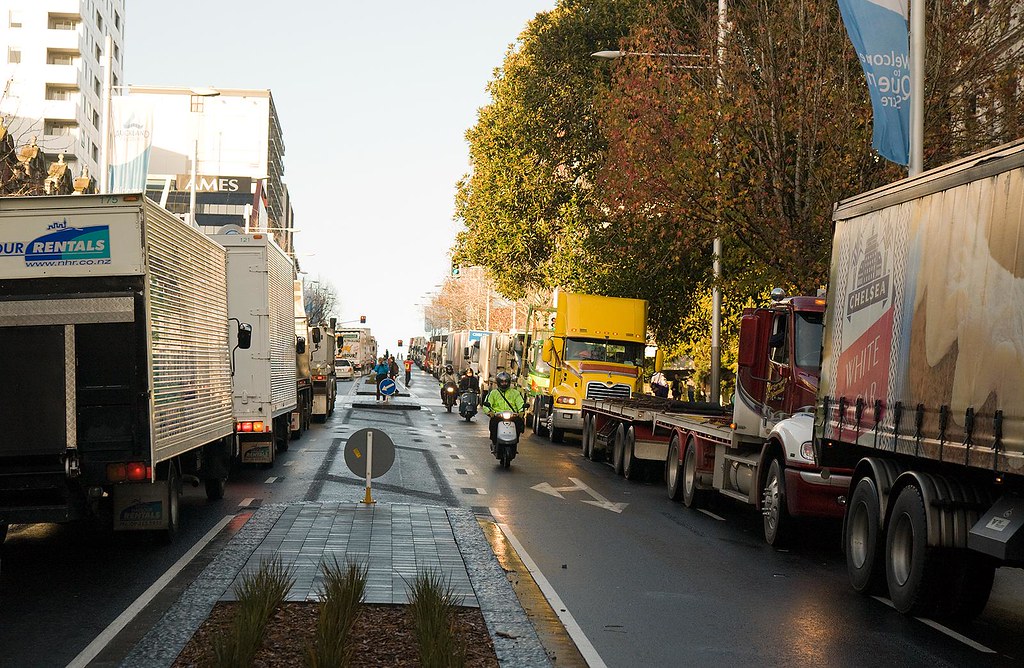
8. **Embracing the Future: The Promise and Perils of Road User Charges (RUCs)**
As the efficacy of traditional fuel taxes continues to wane, a prominent alternative gaining traction among policymakers is the implementation of Road User Charges (RUCs), often referred to as a Vehicle Miles Traveled (VMT) tax. This innovative approach seeks to establish a more direct correlation between an individual’s use of road infrastructure and their financial contribution to its upkeep, moving away from fuel consumption as the primary metric.
Several states are already at the forefront of exploring this model. Oregon, Utah, and California, for instance, have launched pilot programs designed to assess the feasibility and practicalities of a VMT tax. These initiatives represent a proactive effort to test new revenue streams that are resilient to advancements in vehicle fuel efficiency and the growing adoption of electric vehicles, which bypass fuel taxes entirely.
However, the transition to RUCs is not without its complexities. Key concerns revolve around issues of privacy, as tracking vehicle mileage inherently involves collecting data on travel patterns. Additionally, the administrative costs associated with implementing and managing a widespread RUC system, including technology for mileage reporting and billing, present significant hurdles that require careful consideration and innovative solutions.
Experts widely suggest that a shift towards a VMT tax could serve as a vital long-term solution, offering a more stable and equitable funding mechanism for future infrastructure needs. While such a systemic change likely requires substantial federal leadership to ensure uniformity and efficiency across states, state policymakers are increasingly encouraged to prepare for this transition, understanding that RUCs will likely supplement, rather than fully replace, existing user-based funding sources like tolls and fees.
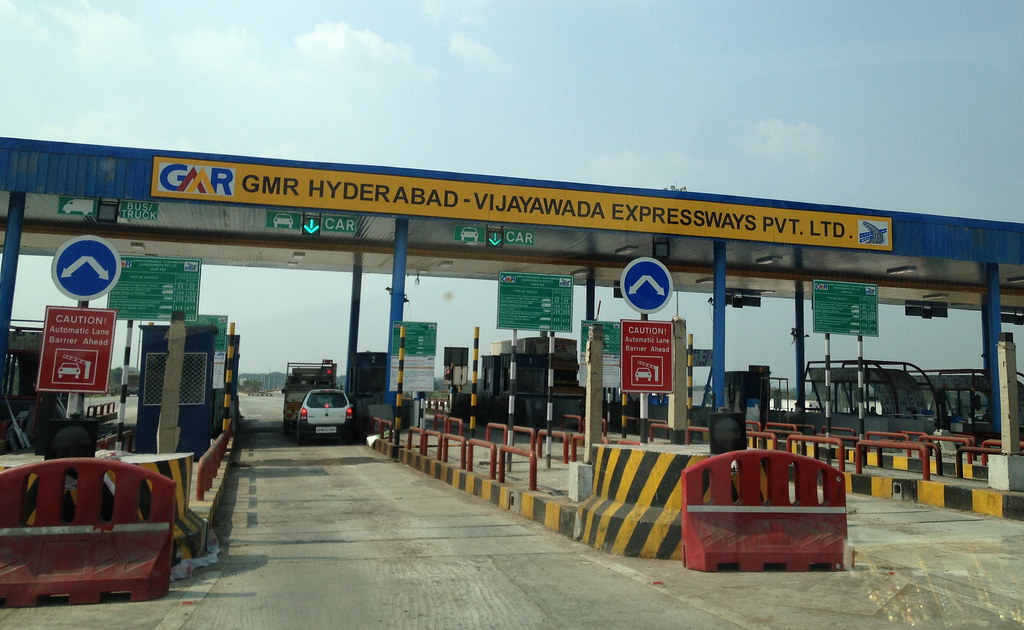
9. **Tolling: A Direct User-Based Funding Mechanism**
Among the array of funding solutions available for transportation infrastructure, tolling stands out as a distinct and often voluntary, user-based fee. Unlike broader taxes, tolls are paid directly by those who use specific segments of the road network, offering a clear link between consumption and contribution. This direct funding mechanism empowers states and local governments to finance critical infrastructure projects without solely relying on general taxation, providing a vital independent revenue stream.
The economic impact of tolling is substantial. In 2023 alone, tolls generated over $23 billion across the United States, a testament to their capacity to support significant investments in roads and bridges. The evolution of electronic tolling has further enhanced its efficiency and convenience. Technologies such as in-vehicle transponders and radio frequency identification (RFID) allow for seamless collection at highway speeds, minimizing congestion and improving the user experience.
Despite its proven benefits, the future of electronic tolling faces potential challenges. A petition before the Federal Communications Commission (FCC) proposes to reduce the radio spectrum available for tolling operations. If approved, such a change could pose serious risks to established toll collection systems, disrupt highway operations, and critically diminish the public revenue streams that are essential for funding ongoing and future infrastructure projects.
Many states already incorporate tolling as a crucial component of their transportation funding strategies. In 2021, user-based sources, including tolls, fees, and fuel taxes, constituted over 50% of highway funding in 32 states. As governments continue to grapple with funding shortfalls, ensuring the technological viability and policy support for robust tolling systems remains an important aspect of crafting a diversified and resilient infrastructure financing framework.

10. A Century of Road Funding Evolution: Lessons from History
The history of American road infrastructure provides invaluable context for understanding today’s funding crisis. A vivid illustration of the nation’s early transportation challenges comes from the 1919 U.S. Army transcontinental expedition. This ambitious convoy of 79 military vehicles and nearly 300 men traveled 3,251 miles, a journey that now takes 2-3 days, but then took over two months. The expedition faced immense difficulties, with 21 men dying, 9 vehicles lost, and 88 bridges damaged, primarily because “over half the distance traveled was on dirt roads, wheel paths, mountain trails, desert sands and alkali flats.”
This grueling experience left a lasting impression on one of the officers, Lieutenant Colonel Dwight D. Eisenhower, who later became a major advocate for a national highway system. Under his leadership, the Federal-Aid Highway Act of 1956 was signed into law, establishing the Highway Trust Fund. This fund, primarily financed through the gas tax, was designed to support the construction and maintenance of public roadways, marking a monumental shift in how America envisioned and funded its transportation network.
Yet, the very mechanism designed for the mid-20th century—the gas tax—is now profoundly outdated. It was, as one observation aptly puts it, “designed for Ford’s Model T, not Tesla’s Model 3.” The federal gas tax rate, set at 18.4 cents per gallon, has remained unchanged since October 1, 1993. To underscore how much the world has transformed since then, in 1993, just a quarter of U.S. adults had computer access, and only 2 percent used the internet, while the first text-messaging capable cell phone had just debuted.
This stagnation has profoundly eroded the tax’s effectiveness. Over more than three decades, its buying power has plummeted by over 80 percent due to inflation and skyrocketing construction costs. What could be purchased for 18.4 cents in 1993 buys less than a quarter of that today. Understanding this historical trajectory—from rudimentary paths to an expansive network funded by an anachronistic tax—is crucial for devising forward-looking solutions.
Read more about: Unearthing Earth’s Ancient Narratives: How Paleontology Unravels Mysteries Like Marine Fossils on Mountain Peaks
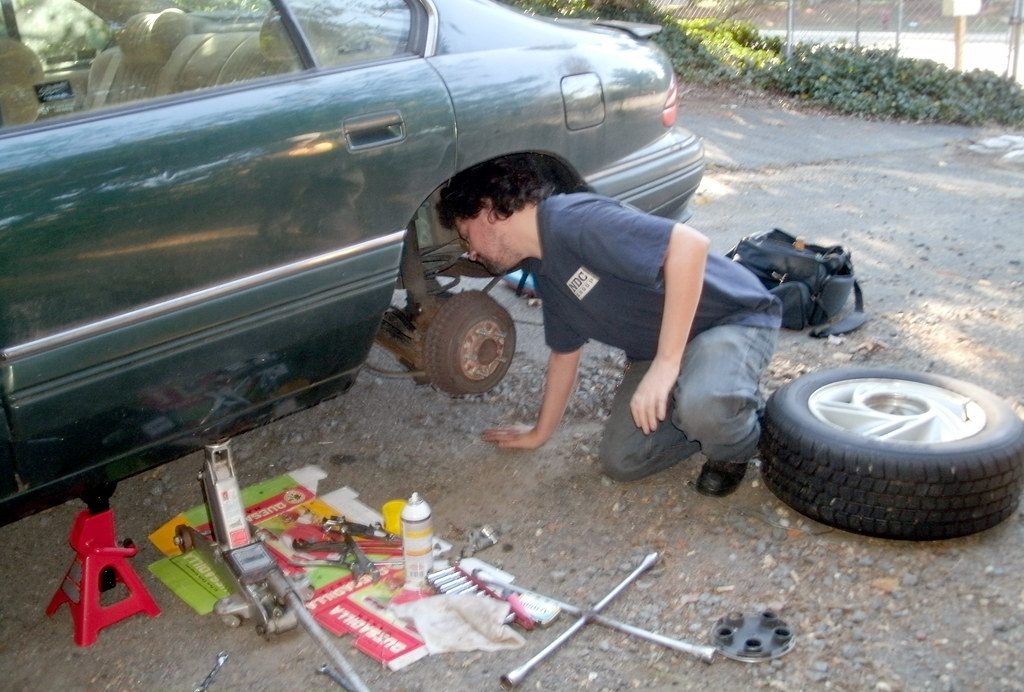
11. The ‘Fix It First’ Imperative: Prioritizing Repair Over Endless Expansion
Amidst the financial turmoil, a critical strategic misalignment persists in how infrastructure funds are allocated: a continued emphasis on building new roads rather than adequately maintaining the existing, often deteriorating, network. The United States faces a staggering $786 billion backlog in highway and bridge projects, with a significant majority—over 70%—needed for basic repairs. This immense deferred maintenance underscores a fundamental problem: the nation’s investment priorities are often misplaced, leading to poor outcomes despite considerable spending.
Despite the theoretical completion of the Interstate Highway System in 1992, the country’s highway system has continued to expand relentlessly, adding hundreds of miles of new highways annually. These projects come at an exorbitant cost, often exceeding $10 million per mile, and frequently result in increased lane-miles on existing roads, such as the 10,000 miles worth of roads where lane-miles were expanded last year at an average cost of $700,000 per mile. This cycle of continuous expansion creates an “ever-increasing cost spiral,” committing future generations to indefinite repair and maintenance liabilities.
Even after adjusting for inflation, federal spending on road repair has more than doubled since 1993. Paradoxically, the federal share of overall repair spending has actually decreased, largely because the National Highway System has become a “giant money pit,” draining federal, state, and local coffers alike. Total maintenance costs in 2023 were 3.5 times higher than in 1993, even when accounting for inflation, a clear indication that current spending patterns are unsustainable.
Analysts and experts advocate for smarter investment strategies, encapsulated by concepts such as “fix it first” or even “road diets,” which prioritize the repair and optimization of existing infrastructure over adding new lanes. One study revealed that the costs of highway expansion outweigh the benefits by a factor of 3 to 1, even before considering external social harms like increased traffic pollution. This compelling evidence highlights the urgent need to fundamentally rethink the status quo of never-ending road construction and reorient funding towards preservation and efficiency.

12. Crafting a Resilient Future: Long-Term Sustainable Funding Solutions
Addressing the profound infrastructure funding crisis demands more than temporary fixes or reliance on a singular approach; it necessitates the development of comprehensive, long-term sustainable solutions. The volatility of current funding streams, coupled with competing budgetary demands and escalating infrastructure costs, mandates a strategic shift towards “blending and braiding multiple funding streams.” This integrated approach, leveraging diverse and coordinated sources, is essential to reduce the inherent risks of depending on limited or unstable revenues.
State policymakers are actively exploring various avenues, including piloting Road User Charge (RUC) programs, implementing increased Electric Vehicle (EV) registration fees, and even taxing electricity used for charging. While these innovations demonstrate a proactive stance, they also face significant political and administrative hurdles that require careful navigation and public education. The success of these efforts hinges on overcoming public resistance and developing equitable, efficient implementation models.
Crucially, strengthening long-term capital planning is paramount. This involves integrating robust revenue modeling and incorporating transportation funding into broader governmental budget assessments. Such holistic planning will provide better tools to forecast financial gaps, manage escalating costs, systematically address deferred maintenance, and ultimately ensure the resilience of the nation’s infrastructure against future economic and technological changes. Without this foresight, states risk perpetual shortfalls that undermine essential transportation investments.
Finally, moving towards a performance-based budgeting model, such as the one adopted by Minnesota, offers a promising pathway. This approach ensures that infrastructure funds are allocated based on demonstrable need, verifiable value, and measurable outcomes, rather than being swayed by political considerations. Coupled with structural budget balancing reforms, including strict budget caps and necessary cuts to discretionary programs, states can reduce the pressure to divert dedicated infrastructure funds, securing a more stable and prosperous future for America’s vital transportation networks.
The path forward for America’s roads and bridges is undeniably complex, demanding a departure from outdated paradigms and a commitment to innovative, sustainable solutions. The insights gleaned from a century of infrastructure development, the sobering realities of current funding shortfalls, and the promising potential of diversified revenue strategies all point to one unequivocal truth: investing wisely in our transportation arteries is not merely an economic necessity, but a societal imperative. It is time for a collective resolve to build, maintain, and fund an infrastructure system that truly serves the needs of all Americans, ensuring connectivity and prosperity for generations to come.


